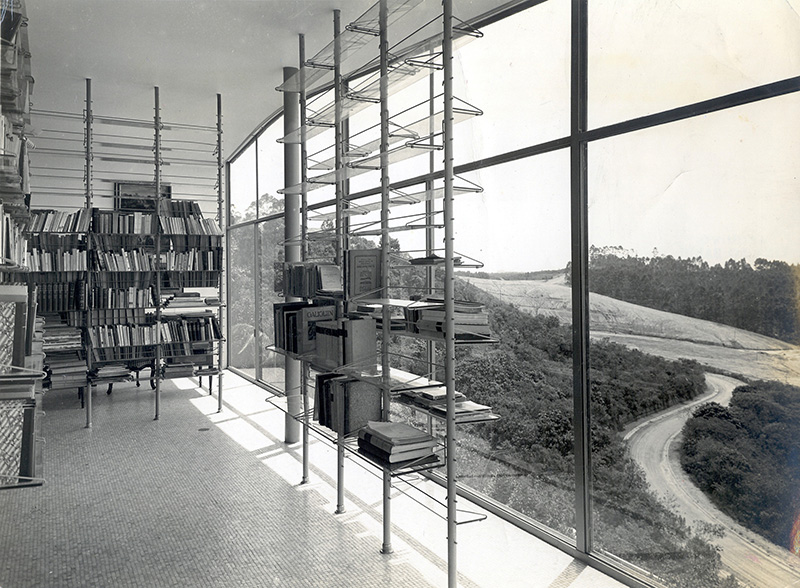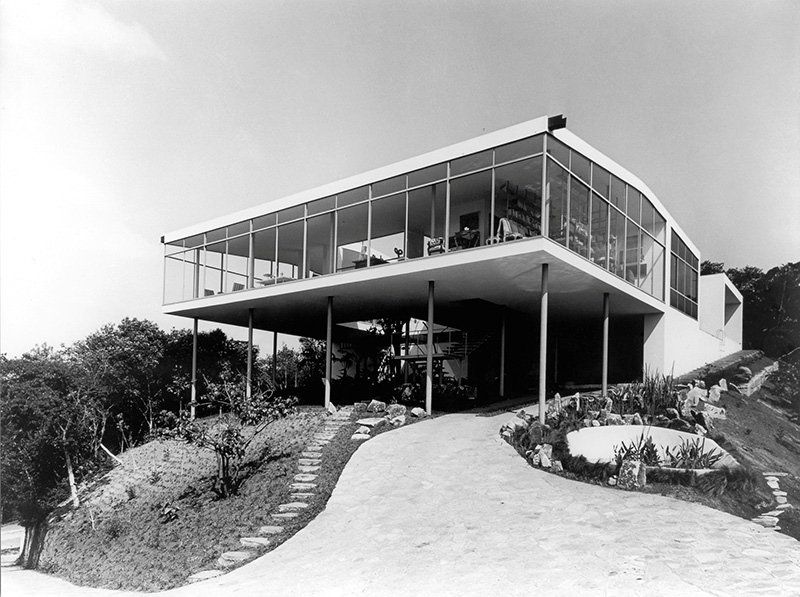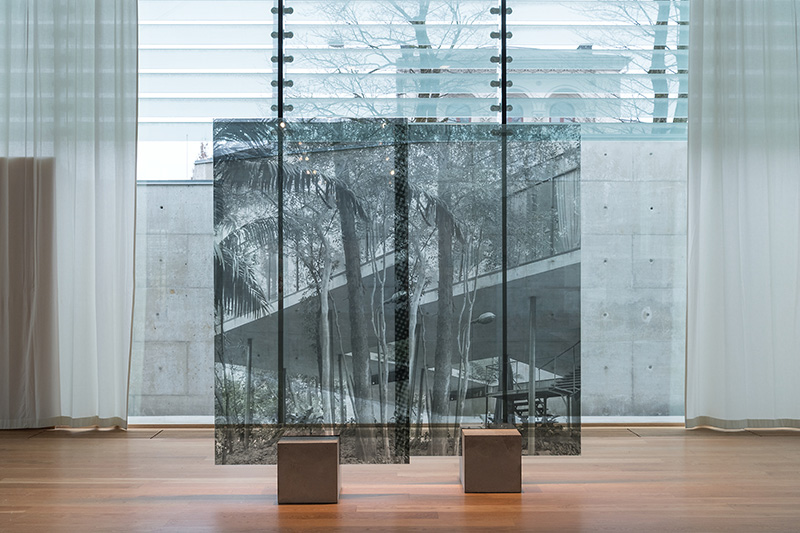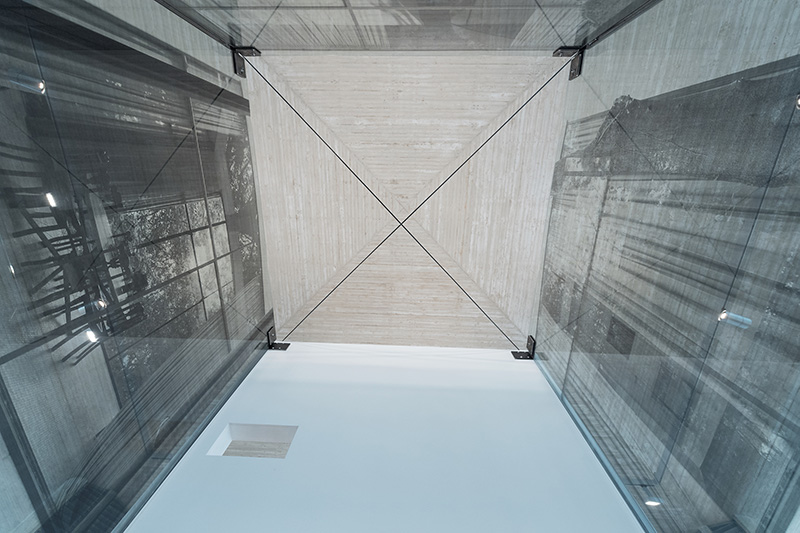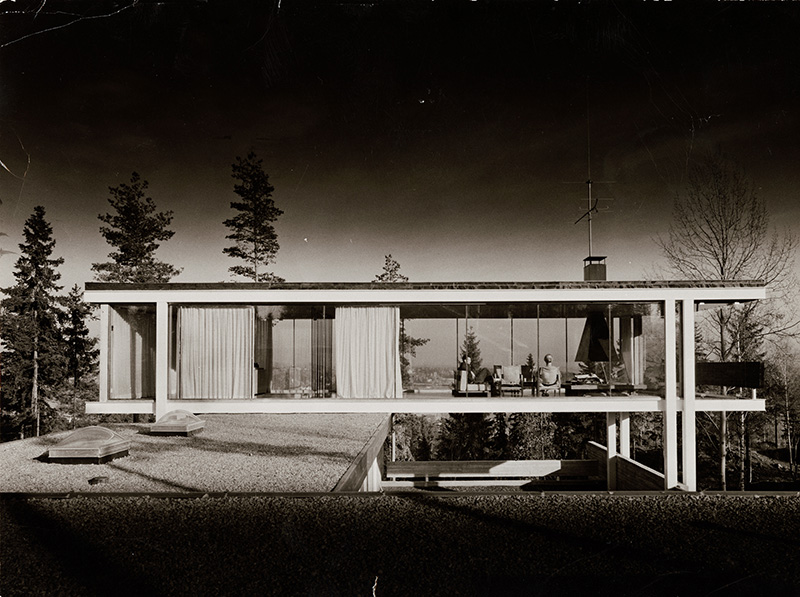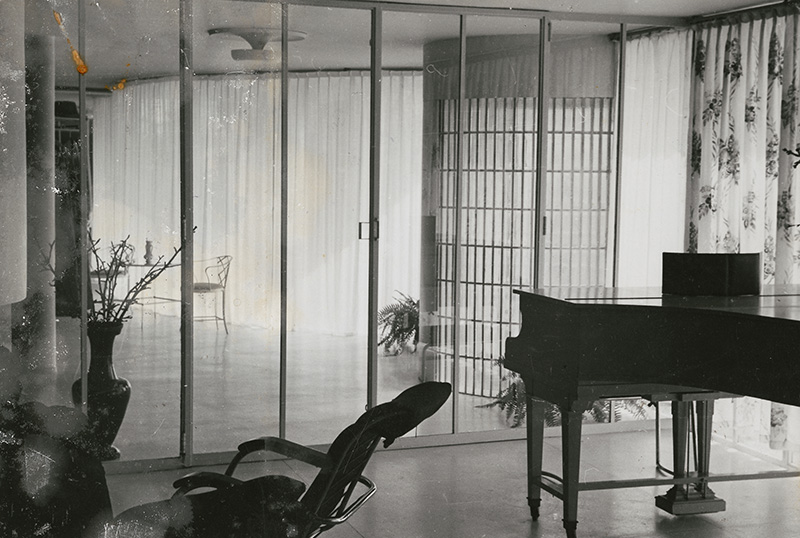ARCHITECTURE:Casa de Vidro
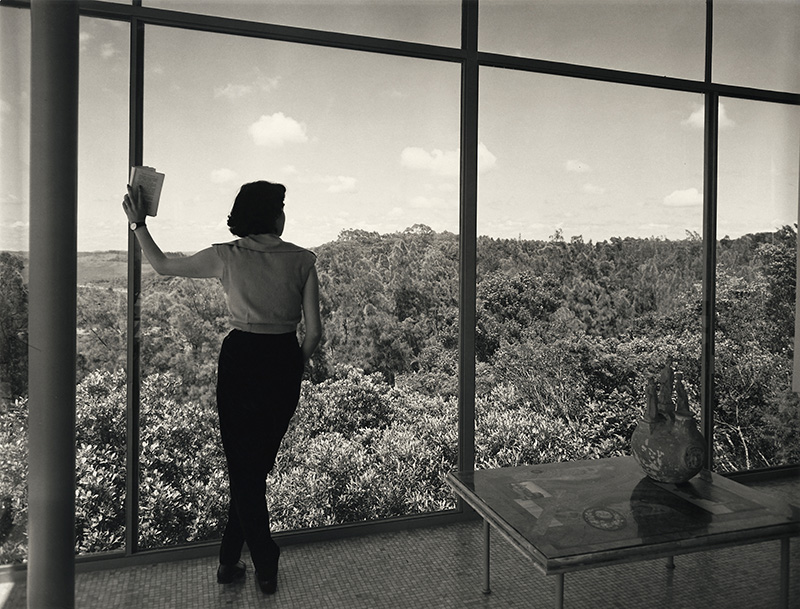 Architects used the glasshouse as a symbol of mental liberation throughout the entire 20th Century. Around the time of the First World War I, German expressionist architects wrote passionate manifestos about glass constructions that would contribute to the moral purification of future societies. According to later architects associated with the so-called international style, glass-wall houses enhanced the residents’ experience of their natural environs and made them more aware of the need to contemplate nature.
Architects used the glasshouse as a symbol of mental liberation throughout the entire 20th Century. Around the time of the First World War I, German expressionist architects wrote passionate manifestos about glass constructions that would contribute to the moral purification of future societies. According to later architects associated with the so-called international style, glass-wall houses enhanced the residents’ experience of their natural environs and made them more aware of the need to contemplate nature.
By Efi Michalarou
Photo: The National Museum-Architecture Archive
The exhibition “Casa de Vidro. Lina Bo Bardi in dialogue with Sverre Fehn”, at The National Museum – Architecture in Oslo presents Lina Bo Bardi’s glasshouse in São Paulo, “Casa de Vidro” (1950–52) inside Sverre Fehn’s glass pavilion (1997–2008). The juxtaposition serves as a starting point for a dialogue between two architects who never met, and who worked in distant corners of the world. However, there are surprising similarities between their respective oeuvres: the sculptural use of reinforced concrete, their long-standing commitment to rehabilitation projects and adaptive re-use, and their interest in exhibition design. In 1951 Lina Bo Bardi designed the “Casa de Vidro” to live with her husband in what was then the remnants of the Mata Atlantica, the original rain forest surrounding São Paulo. Located on a 7,000-square-metre plot of land, it was the first residence in the Morumbi neighbourhood. The area is now the wealthy suburb of Morumbi but a more domesticated version of the rain forest has since re-established itself around the house, concealing it from view. The exhibition also encompasses a dialogue between the architectural idioms of Bo Bardi and Sverre Fehn and the visual language of artist Veronika Kellndorfer. The National Museum–Architecture has commissioned the artist to reflect Bo Bardi’s “Casa de Vidro” in a new installation created especially for Fehn’s glass pavilion. Kellndorfer employs transformed and rasterized photographs of the building, which are silkscreened onto huge glass sheets, creating a representation of the house that is at once spectral and painterly. The installation includes a sculptural re-enactment of Casa de Vidro’s suspended patio on the scale 1:2.
Info: Curator: Markus Richter, The National Museum – Architecture, Bankplassen 3, Oslo, Duration: 27/1-14/5/17, Days & Hours: Tue-Wed & Fri 11:00-17:00, Thu 11:00-19:00, Sat-Sun 12:00-17:00, www.nasjonalmuseet.no
